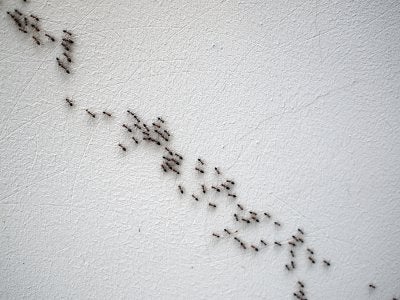You have probably warned your children countless times about how spills and food scraps can attract ants, but the tricky part is getting them to listen. Ant treatment is a popular reason for homeowners to call for residential pest control servicing Dublin, Livermore, and San Ramon. Ants are often mistaken for termites, so it is helpful to learn about ant habits and what their nests look like in order to identify them properly when calling your exterminator. Keep reading for a few tips on identifying an ant infestation. 
Locating an Ant Nest
re, but finding an ant nest typically signifies a real problem. If you suspect that you have an infestation brewing in your home or on your property, it helps to know what to look for. Fortunately there are a few giveaway signs as well as steps that you can take to find them. Carpenter ants tend to create their nests within wood. Although moist wood tends to be a prime target, they will also nest in dry wood . Keep an eye on any hollow and potentially moist spaces like behind your water-based appliances, and listen for rustling while tapping wooden walls.
Characteristic Habits of Ants
Each different type of ant plays a specific role within its colony. Ants with wings, whether male or female, will spread the colony by mating in other areas. Male winged ants die after mating, while females lay eggs and shed their wings, keeping them close to the new colony. The females, or queens, are then responsible for raising the larvae; once the larvae hatch and grow into pupae, then it is their jobs to raise the young. Female workers leave the colonies to find sources of food and are often the ones spotted in homes.
Mistaking Ants for Termites
It is important to be able to tell the difference between ants and termites, and you can do this easily by assessing their physical characteristics. While termites tend to appear more straight and narrow with straight antennae and neatly overlapping wings, ants have thin waists and curved antennae.

